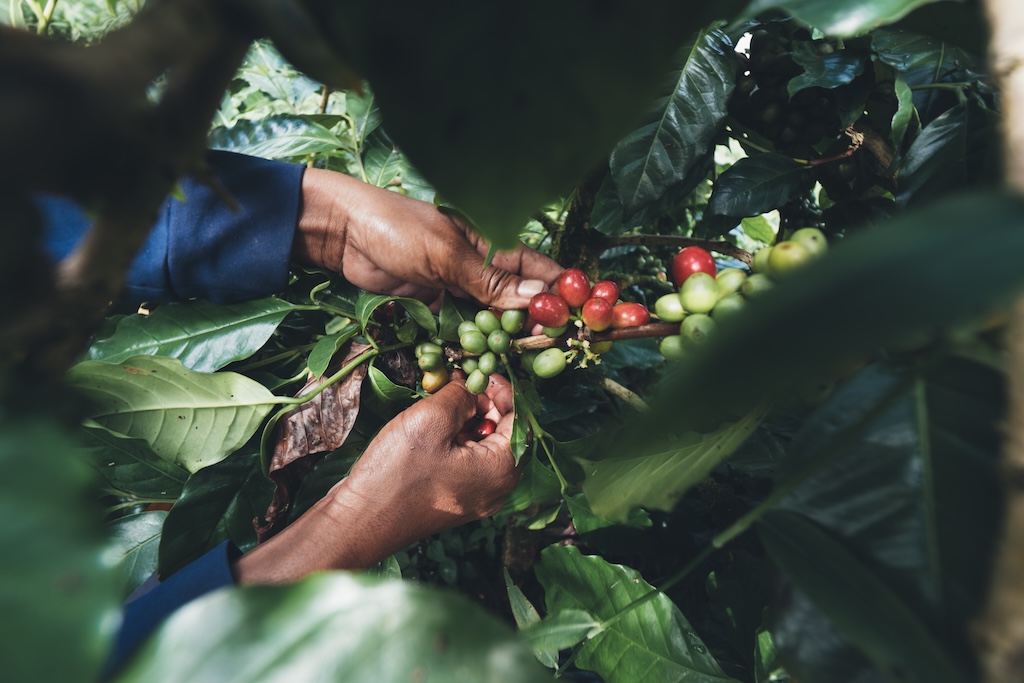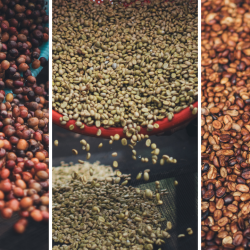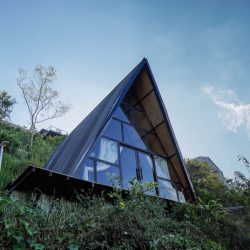Have you ever asked yourself,
“Why is some coffee so expensive while others are cheap? What makes the difference?”
Behind those price tags lies a long journey — from cherry to cup. Let’s take a closer look at what shapes the value of your coffee.
Cultivation & Care
Every coffee journey starts with planting the seed. Arabica coffee takes about 3 years before it begins to bear fruit. Once it does, the cherries take another 6 to 9 months to fully ripen.
In Kintamani, we’re committed to sustainability. That’s why all our coffee plants are nurtured with organic fertilizers—no chemical inputs involved.
Harvesting
Once the cherries are ripe, it’s time to harvest. Farmers handpick only the bright red cherries—a crucial step to ensure quality.
Curious to try it yourself?
You can experience this process firsthand through the Farm Tour by Kintamani Eco Bike Coffee.
Post-Harvest Processing
After harvesting, the cherries undergo different processing methods to remove the beans:
- Natural process will gives the coffee a fruity and bold flavour
- Washed process resulting in a more clean and bright body
- Honey process is giving the coffee a sweet and balanced taste
- Koji fermentation will makes the coffee more complex and gives that umami-rich flavour (exclusive to Eco Bike Coffee)
Each method greatly affects the final flavor profile of the coffee.
Grading
Once we get the green beans, they’re sorted based on size and defects. This is known as grading, where beans are classified by their defect values.
At Eco Bike Coffee, we only use Grade 1 beans—the highest quality—for every cup we serve.
Roasting
The beans are then roasted to bring out their unique flavors. Roasting level plays a key role in determining the bitterness of the coffee. The darker the roast, the bolder and more bitter the taste. But here, we only roast light to medium; a standard for specialty coffee to ensure the perfect coffee flavour. It gives a more complex body without removing the natural coffee flavour.
Grinding
Next is grinding the roasted beans.
But did you know different brewing methods require different grind sizes?
- For espresso, we use a fine grind
- For manual brew, a medium to coarser grind is ideal.
The difference in grinding size is necessary to optimize the extraction and flavour in every sip.
Brewing
Finally, the coffee is brewed, transforming those carefully selected beans into the delicious cup you enjoy.
Final Thoughts
So next time you enjoy a cup of coffee, remember: quality doesn’t come from luck. It comes from:
- Years of nurturing
- Ethical, sustainable farming
- Skilled processing and roasting
- A deep love for coffee
At Kintamani Eco Bike Coffee, we’re proud to share not just a cup, but a story: from our coffee farm, directly to your cup.



